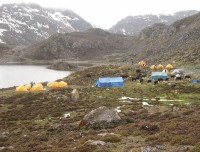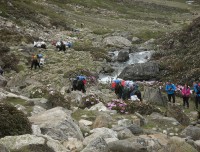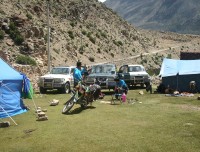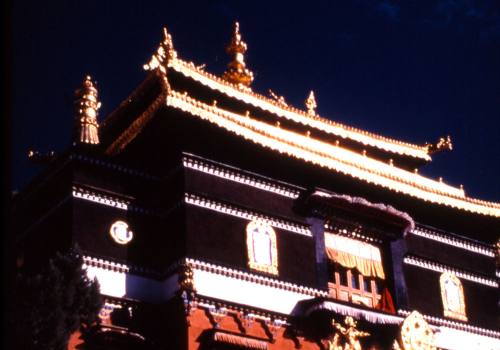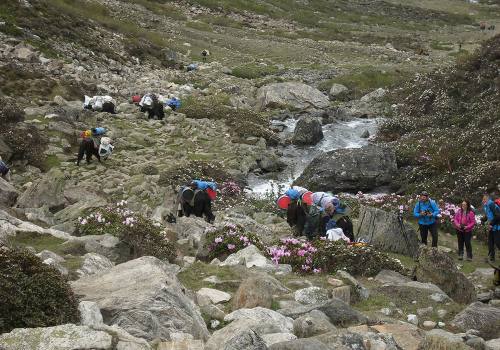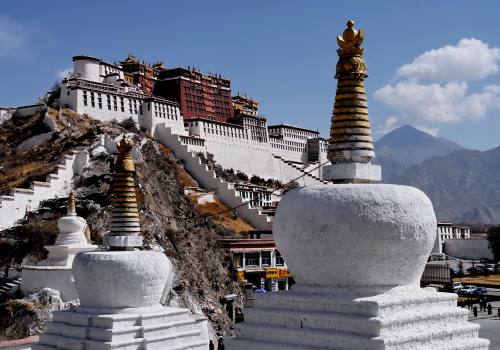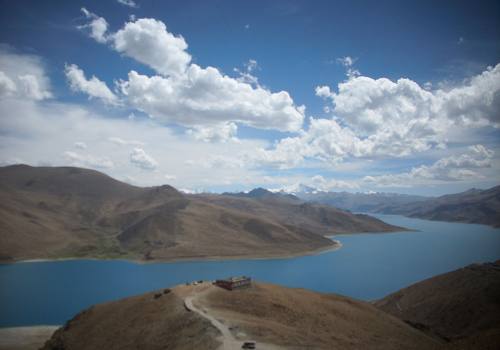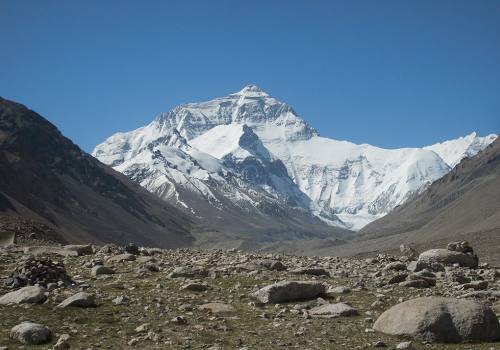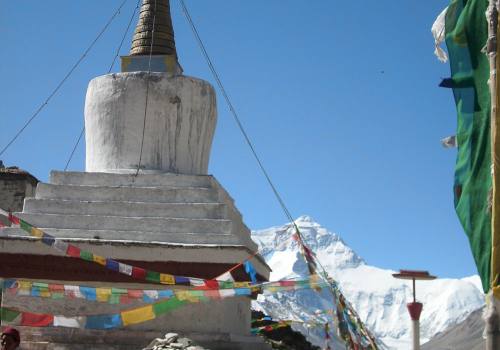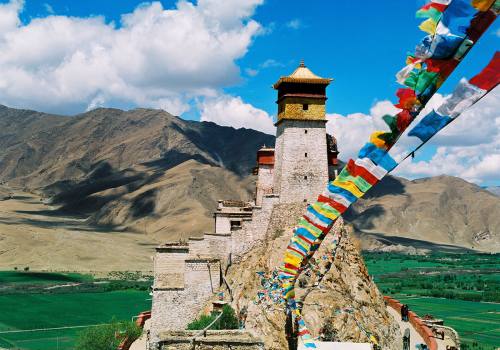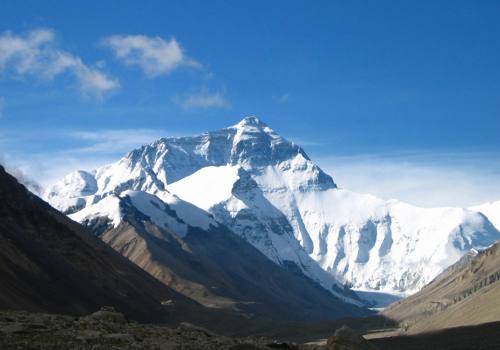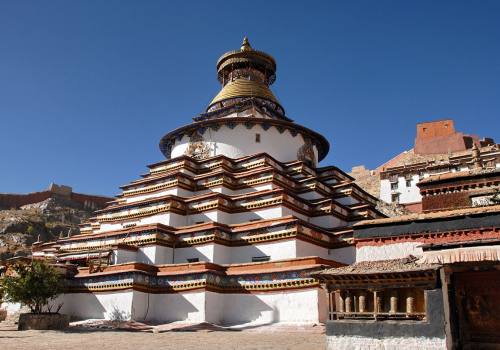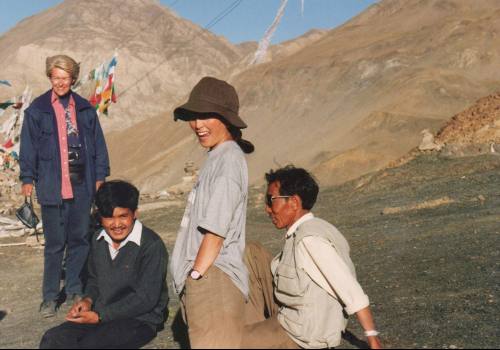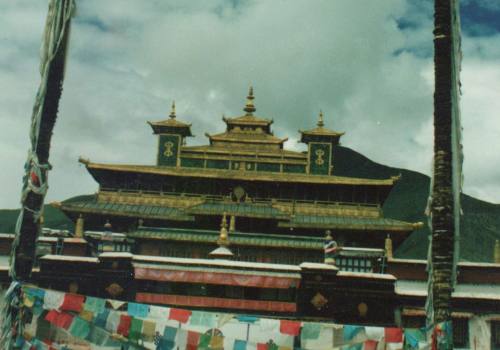About Kharta Khangsung Valley Trek
The Kharta–Khangsung Valley trek takes you to the eastern face of the Mt Everest (8,848 m) which is known as Khangsung face. Among the three faces of Mt Everest, the Khangsug face (the combined east face of Mt Everest & Mt Lhotse) is still the least explored area because of its extreme remoteness, difficult topography and harsh climate. This is the reason why, this Kharta trek with Khangsung face is taken as one of the most challenging treks in the world.
<p>First of all, it is noteworthy that many people get confused with different names given to this trek like Kharta - Khangsung Valley Trek, Kharta Valley Trek, Khangsung Valley Trek, Khangsung Face Trek, Khangsung Glacier Trek, Khangsung Base Camp (BC) Trek, Tibet tour with Kharta trek and Trek to the Eastern Face of Mt Everest and so on. They are not different. All these treks are the one and the same. They all go to the same destination called the Khangsung BC which is the BC of the East Face of Mt Everest.
The other two faces of the Mt Everest are its north and south faces. The north face lies in the Tibetan side near Ronbuk and its base camp is easily accessible by motor vehicles. Likewise, the south face lies in the Nepal side and its base camp is also somehow relatively not so difficult in its access because of the increasing logistic facilities like flight, lodging, and so on.
The proposed Tibet tour with Kharta - Khangsung Valley trek takes you to the Khangsung face which is relatively still virgin, serene in scenery and pristine in habitation. The lovely alpine meadows, forests with various wildflowers, glaciated valleys, high mountain passes, traditional Tibetan villages, ancient monasteries, rich barley fields, picturesque nomadic pastures are the highlights of this trek. Your eyes are always busy in admiring so many other captivating sights along the miles of steep valleys, difficult high passes of Shao La (4,970 m) and Langma La (5,330 m). Above all, the innumerable gorgeous glacial lakes and massive glaciers add more ornaments to the trek.
Geologically, each face of the Mt Everest generates the major glacier of the world. The Ronbuk Glacier is generated by its north face, the Khumbu Glacier generated by its south face and the Khangsung Glacier by its east face. Respectively, the first one flows to the north of its face in Tibet, the second one flows in the Nepal side, while the third one flows down to the east side of the Everest and later turns into the Kama Chu Kama Chu (River) flowing through the Kama valley towards the east.
Finally, it drains into the upper Arun River and flows down to Nepal making a deep gorge from the height of 4,000 m to 1,000 m. In other words, the trek takes place in the bordering area of Nepal’s Arun Valley which is yet inaccessible from the Nepal side, while from Tibet side, you can drive up to Kharta village from where we can start the trek to the Kangsung Face (the east face of Mt Everest) supported of yaks carrying the logistics for the fully organized trek of about 10-13 days.
The Kharta – Khangsung Valley trek has been designed with about 13 days to make it an extraordinary trek with a couple of days cultural tour to the central Tibet with a visit to Lhasa, Shigatse and Gyantse exposing you to the lavishly decorated Tibetan monasteries and monuments, uniquely dressed men and women in their traditional costumes, most religious Tibetan people offering yak butter to the butter lamps in the monasteries and temples with pleasant smell of yak butter and juniper incense and many more. The trek is accepted as one of the challenging ones, but highly rewarding among all in the world. The early part of the tour we spend in Lhasa has been well planned to allow us to get fully acclimatized by the time you reach Kharta valley before the trek.
So, if you are looking for the virgin and naturally extraordinary area for trekking, the proposed 19-day Tibet tour including 13 days Kharta – Khangsung face trek leading to the eastern face of Mt Everest is highly recommendable.
Trip Highlights
- Trans-Himalayan flight exposing you to the mighty Himalayan range including Mt Everest, the highest peak of the world
- Opportunity to deeply immerse in the Tibetan culture and heritage with lovely monasteries and warm always smiling Tibetan people,
- 13 days fully organized - one of the most adventurous and unforgettable treks
- Khangsung valley with the rare view of the eastern face of Mt Everest in the pristine landscape of the Khangsung area.
- The unforgettable lovely alpine meadows, green forests filled with wildflowers, glaciated valleys, high mountain passes, traditional Tibetan villages, ancient monasteries, rich barley fields, picturesque Tibetan nomadic yak pastures, and so many other captivating sights along the miles of steep valleys,
- Colorful Prayer flags beautifully flapping every nook and corner, on the houses, on the trails, on the high passes and on the bridges,
- Difficult high passes of Shao La (4,970 m) and Langma La (5,330 m), and gorgeous emerald green glacial lakes.
- Half day visit to the majestic Potala Palace with 13 floors, 1,000 rooms and 10,000 steps where one can enjoy the photo session wearing the Tibetan costumes on its top floor with the impressive view of the Lhasa city on its back drop.
- Half day visit to Jokhang Temple (central Buddhist cathedral) in the middle of the Lhasa city at Barkhor Bazaar
- Evening private exploration of the Barkhor Bazaar (downtown bazaar) with the hustles and bustles featuring the locals and people from around Tibet in their ethnic costumes,
- Scenic countryside drive from Lhasa to Kharta with high chances of encountering the Tibetan nomads with their migratory tents and animal herds en route.

 98510 22507 (Mahendra)
98510 22507 (Mahendra)
 tktreks@gmail.com
tktreks@gmail.com



